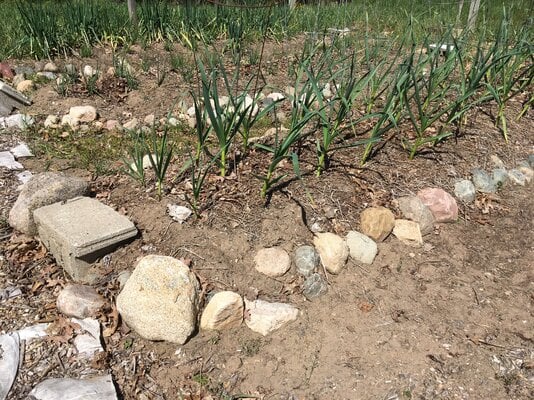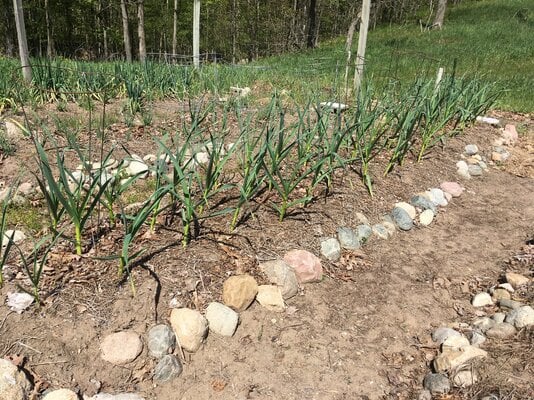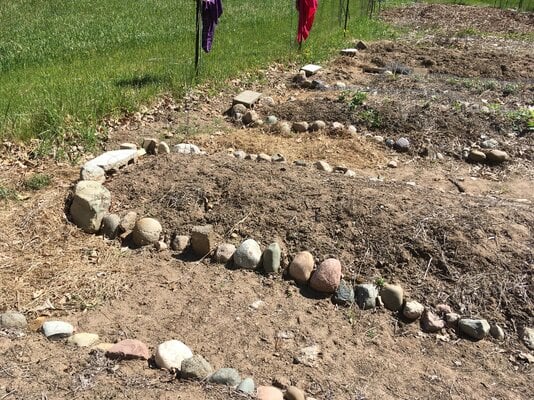- Thread starter
- #51
Just a little update. I got my two new 16 inch tall raised beds put into place and leveled off. I decided to go the hügelkultur method and put old rotting logs and wood chips in the bottom 8 inches. Quick pic follows...
![20210512_204027[1].jpg 20210512_204027[1].jpg](https://www.backyardchickens.com/attachments/20210512_204027-1-jpg.2666303/)
Today I picked up a load of black Red River Valley topsoil. I decided to spend the $50 for the load because that soil is just so much better than my native sandy soil. I plan on mixing that soil with my sifted chicken run compost in equal parts as recommended by the local nursery owner when I talked to him.
![20210512_203910[1].jpg 20210512_203910[1].jpg](https://www.backyardchickens.com/attachments/20210512_203910-1-jpg.2666314/)
That is one Bobcat bucket full load in the trailer. I was estimating about an 11 cubic foot load, I think I got a little more than that. At this time, I'm glad I just bought the soil because it saves me all the effort in digging up my inferior native sandy soil, sifting it out before mixing it with the compost, and then I'd still have to backfill all that soil I dug out. I have a ton of projects on my To-Do List, so I took the easy way out on this project. But, not really, as my native soil is nowhere as good as this stuff I just bought.
Today I picked up a load of black Red River Valley topsoil. I decided to spend the $50 for the load because that soil is just so much better than my native sandy soil. I plan on mixing that soil with my sifted chicken run compost in equal parts as recommended by the local nursery owner when I talked to him.
That is one Bobcat bucket full load in the trailer. I was estimating about an 11 cubic foot load, I think I got a little more than that. At this time, I'm glad I just bought the soil because it saves me all the effort in digging up my inferior native sandy soil, sifting it out before mixing it with the compost, and then I'd still have to backfill all that soil I dug out. I have a ton of projects on my To-Do List, so I took the easy way out on this project. But, not really, as my native soil is nowhere as good as this stuff I just bought.







